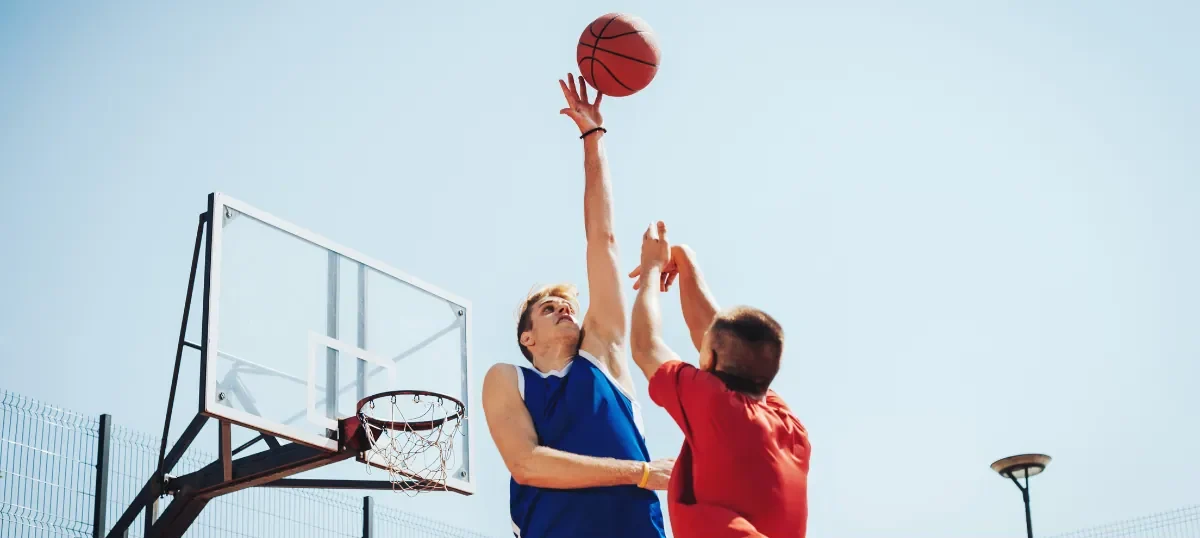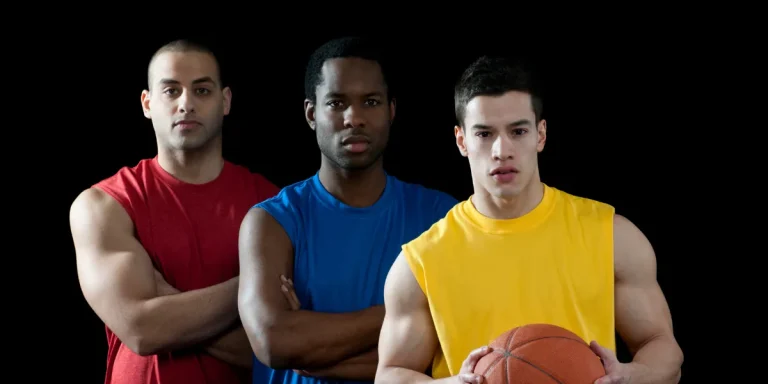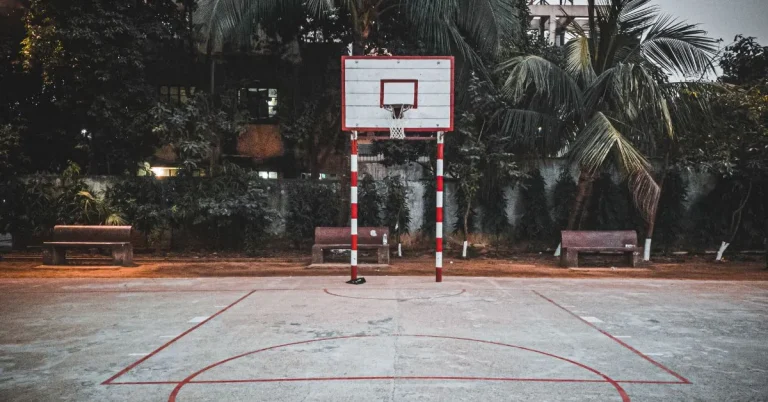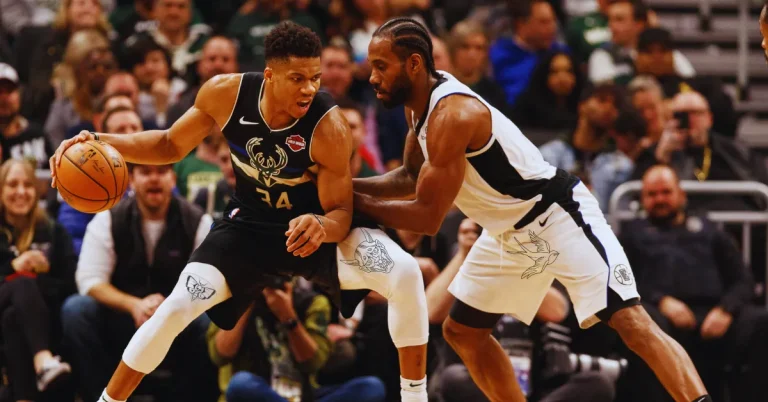What is a Rebound in Basketball NBA? Types and Purpose
Struggling with rebound technique in basketball? It’s time to turn the tables and seize the game-changing advantage. Mastering rebound basketball is essential for both rookies and pros alike. In basketball, the main aim is to score by getting the ball into the basketball hoop. When a player misses a shot, another important skill that comes into play is rebounding. Rebounding is all about grabbing the ball after a missed shot, giving your team more chances to score. It’s a crucial skill for success in the game.
A rebound in basketball is when a player grabs the ball after a missed shot.
Purpose of Rebounding in Basketball
The purpose of rebounding basketball is to regain possession of the ball after a missed shot. It gives the team that secures the rebound another chance to score, while also preventing the opposing team from capitalizing on the offensive rebound. Rebounding is an essential relationship for maintaining momentum, controlling the pace of the game, and increasing the overall number of scoring opportunities for a team. It plays a crucial role in determining the outcome of a basketball match.
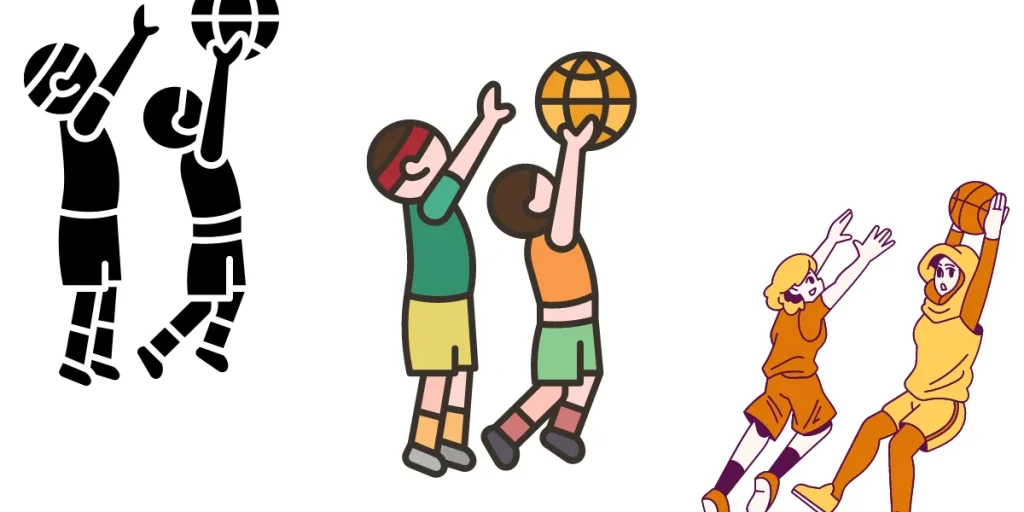
Types of Basketball Rebounding
There are two types of rebounding. Both types of rebounding, offensive and defensive, play crucial roles in shaping the flow and outcome of a basketball game.
Offensive Rebound in Basketball
An offensive rebound occurs when a player from the offensive team successfully grabs the ball after their own team’s missed shot. It grants the offensive team another possession, allowing them to reset the play and attempt to score again. Offensive rebounds are highly valued as they extend the team’s time with the ball, increase scoring opportunities, and put pressure on the defense.
Defensive Rebound Basketball
A defensive rebound happens when a player from the defensive team secures the ball after an opponent’s missed shot attempt. The defense must end the opposing team’s possession and gain control of the ball. By preventing the offensive team from getting second-chance points, defensive rebounds play a significant role in limiting the opponent’s scoring and creating opportunities for the defensive team to transition to offense
3 Ways to Rebound in Basketball
Rebounding is a critical aspect of basketball, providing teams with second-chance opportunities and helping to control the flow of the game. Here are three key strategies for effectively rebounding in basketball:

Positioning
Proper positioning is critical to successful rebounding. Players must anticipate the trajectory of the ball and position themselves accordingly. This involves boxing out opponents to establish an inside position near the basket. By establishing position early, players can effectively block out opponents and gain an advantage in securing the rebound. Players should be mindful of their surroundings, understand where the ball is likely to rebound, and position themselves accordingly.
Timing
Timing is crucial when it comes to rebounding. Players must anticipate when the ball will hit the rim or backboard and react quickly to secure the rebound. This requires a combination of anticipation, agility, and awareness. Players should also be mindful of the flight path of the ball and adjust their positioning accordingly. By timing their movements effectively, players can increase their chances of securing rebounds and gaining possession for their team.
Boxing Out
Basketball boxing out is a fundamental technique where players use their bodies to establish position and create space between opponents and the ball during rebounding situations. By effectively boxing out, players increase their chances of securing the rebound, gaining a crucial advantage for their team. This skill is essential for controlling the boards, limiting the opponent’s scoring opportunities, and contributing to the overall success of the team on the court.
Rebound Statistics In Basketball
- Total Rebounds: The total number of rebounds grabbed by a player or team during a game, season, or career, combining offensive and defensive rebounds. It reflects the overall ability to control the board and secure possession.
- Offensive Rebounds: The count of rebounds in which a player or team gains possession of the ball after their own missed shot. Offensive rebounds extend possessions and create more scoring opportunities.
- Defensive Rebounds: The number of rebounds where a player or team retrieves the ball after an opponent’s missed shot. Defensive rebounds end the opponent’s possession and initiate the offense.
- Rebounding Average: The average number of rebounds per game, season, or career, offering a measure of consistency and efficiency in grabbing rebounds.
- Double-Double and Triple-Double Rebounds: A double-double refers to achieving two-digit numbers in two statistical categories, usually points and rebounds. A triple-double involves reaching two-digit numbers in three categories, often points, rebounds and assists in basketball. Rebounding plays a significant role in these notable achievements.
- Rebounding Percentage: A metric calculating the proportion of available rebounds grabbed by a player or team during a game. It shows the effectiveness on the boards, considering the total rebounds and rebound opportunities.
- Leading Rebounders: Identifies the players or teams with the highest number of rebounds in a specific game, season, or league. It highlights dominant forces on the boards and their impact on the game’s outcome.
Top NBA Basketball Rebounders

Wilt Chamberlain: One of the most dominant players in NBA history, Chamberlain was a prolific rebounder in basketball and holds numerous rebounding records.
Bill Russell: Renowned for his defensive prowess, Russell was a key rebounder for the Boston Celtics during their championship reign in the 1960s.
Dennis Rodman: A tenacious rebounder, Rodman was known for his exceptional hustle and ability to secure both offensive and defensive boards.
Moses Malone: A three-time NBA MVP, Malone was an outstanding rebounder in basketball and ranks among the all-time leaders in total rebounds.
FAQs
What makes a great rebounder?
A great rebounder possesses a combination of skills, including anticipation, positioning, timing, physicality, and a relentless desire to secure the ball. They read the trajectory of the ball well and established strong positioning. And then use their athleticism to outmaneuver opponents, making them a dominant force on the boards.
Why is rebounding important in basketball?
Rebounding is essential in basketball because it directly impacts possession and scoring opportunities. Securing rebounds allows a team to extend their offensive possessions, limit the opponent’s chances to score, and gain a strategic advantage on the court.
What position gets the most rebounds in basketball?
Typically, power forwards and centers get the most rebounds in basketball. They are positioned closer to the basket and are often taller and more physical, enabling them to grab both offensive and defensive rebounds effectively.
Conclusion
Rebounding basketball is a testament to determination and teamwork. It can turn the tide of a game, offering thrilling moments of success and joy. Securing offensive and defensive rebounds is essential for gaining an advantage and contributing to a team’s success.

Passionate basketball player striving for excellence on and off the court. Dedicated to the game since youth, I have honed skills through years of practice. Explore my journey, gear reviews, and dunking tips. Let’s elevate our game together!

